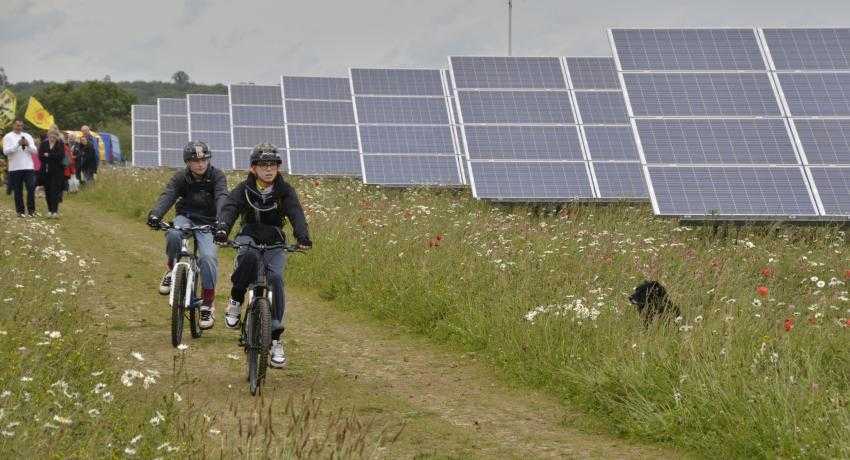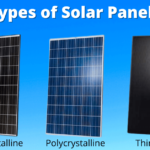Community Solar is shattering the way people think about accessing renewable energy. Since community solar legislation first passed in the United States, 43 different states have deployed at least one community solar facility. As its popularity expands and more homes and businesses become eligible to leverage renewable energy to save money, education an ever-important part of the community engagement process.
Community solar is exciting, affordable and accessible to anyone who pays an electric bill. We’ve chatted with thousands of folks from all walks of life, and they all have the same question: How does it work?
First Things First: The Physical Structure
Before we dive into some of the more nuanced details of community solar, let’s get the foundation out of the way, what is a community solar farm?
Solar farms are large aggregated projects where multiple homes and businesses own shares of a larger solar project. Developers across the country are building farms as small as 350kW, and as large as 150+MW. As a rule of thumb, 1MW services about 160 homes. A typical 5MW site can power more than 800 homes or businesses!
These solar projects are developed and built in areas with an ideal solar resource that will produce north of 1200kWh per kW, or at about 93-95% of the total solar resource available in that location. Compared to some on-site systems, community solar can be 10-15% more efficient than a roof-mounted solar system, helping you get more bang for your buck.
A solar farm is developed in a location, and its solar power is aggregated on one “host meter” that helps the developer and the utility keep track of the farm’s production. This meter is then connected to the grid, just like any power plant. You own a share of this total power production and get credit for whatever percentage of the farm you own.
Modern Digital Energy: Remote Net Metering
We can hear you thinking…”So, off-site solar power plant. That makes sense. But how can they guarantee I’m getting the power my panels produce on that farm?”.
Before we explain how this all works, we’ll ask you one favor: Forget about the electron.
Short of running a dedicated wire from the farm to your doorstep, there is no way to guarantee that any given electron you are using at your home came from your solar farm. It’s physically impossible. Lucky for you, that doesn’t matter.
Deriving value from a solar farm is all possible because of one concept; Remote Net Metering.
Remote net metering (RNM) is an agreement between a state’s public service commission and our utility companies that allows customers who generate their electricity from alternative energy systems, such as solar, to transfer power they do not use back into the grid in exchange for credits on their utility bills.
The amount of energy credits generated is directly associated with the amount of energy produced by any given farm. The system used to calculate these credits is different in every state. For example, the method in New York is called the Value of Distributed Energy Resources(VDER) Value Stack. These value calculators take into account the value of electricity, environmental impact and demand-reduction value to arrive at a rate for a given project.
Community solar is hugely impactful for residential and commercial customers alike. Using this “digital energy,” you can use a solar farm to offset your bill and zero-out your electrical expenses. With this type of metering, you also can maintain a great deal of flexibility by being able to use solar at less-than-ideal locations (think rentals, shady areas), or move and transfer credits to your new home!
The Bottom Line: Your Monthly Expenses
The bottom line is this; Community Solar is a cost-effective, flexible way to use solar power to eliminate your electricity bills. Using remote-net metering is a slightly different method of deploying solar, but when a customer cannot go solar on their property, the overall financial returns associated with owning a share of a solar farm are incredibly compelling.
If you’re interested in learning more about community solar, there are tons of resources available. Typically, your best bet is to start locally and understand the regulations and reimbursement programs available in your state.




